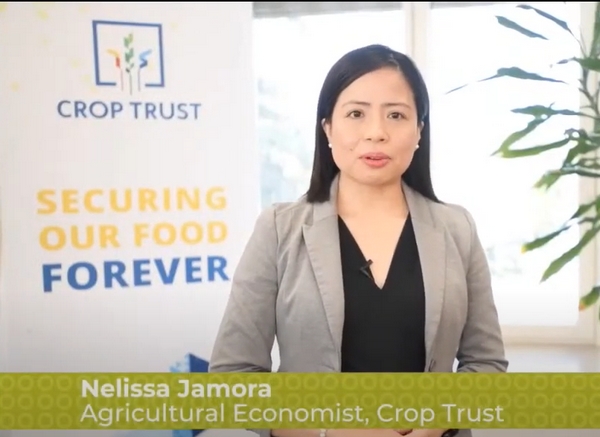The recent opening of Serra Madre in Bologna marks an exciting development for those interested in the intersection of sustainability, agriculture, and cultural innovation. Inaugurated on September 12, 2024, the space is located within the Serre dei Giardini Margherita and is the latest effort by Kilowatt, a cooperative dedicated to urban and environmental regeneration since 2014. This initiative represents a cutting-edge example of how art and science can collaborate to foster a deeper ecological consciousness and inspire innovative approaches to sustainability.
One of the most exciting aspects of the Serra Madre project is its focus on creating new methods for absorbing CO2. Designed by the architecture firm Laprimastanza, the space integrates rapid-growth plant species alongside a unique aquaponic system that cultivates algae, powered by rainwater harvesting technology. This combination allows for efficient CO2 sequestration, supporting the fight against climate change while contributing to local environmental health.
Such innovations are particularly relevant for agricultural engineers and scientists focused on sustainable food systems. Aquaponics, a system combining fish farming and hydroponics, allows for efficient resource use, especially in urban settings where space is limited. The integration of algae cultivation into this system offers a dual benefit: algae not only absorb CO2 but can also be harvested for biofuels or as a nutritional supplement in agricultural production, enhancing both environmental and economic sustainability.
The events planned for the opening weeks of Serra Madre further emphasize the deep connections between art, environment, and science. Tim Ingold, a renowned anthropologist, kicked off the program with a speech that explored the relationship between humans and the environment. The importance of rethinking this relationship is vital for those in the agricultural sector, where sustainable practices and ecological awareness are paramount. Additionally, performances such as Destination Earth by Salomé Bazin—a dance piece reflecting on oceanic migration and multispecies symbiosis—challenge conventional views of ecosystems, resonating with ecological and agricultural themes of biodiversity and environmental stewardship.
For farm owners and agronomists, the broader message of Serra Madre is one of integration. Art and science are no longer separate entities but can collaborate to inspire new ways of thinking about sustainability in agriculture. The use of technology, combined with a creative re-imagining of how we interact with natural systems, offers promising opportunities for the agricultural industry. As climate change continues to threaten global food security, such interdisciplinary initiatives are not just beneficial but necessary for developing resilient farming systems.
Serra Madre represents more than just a cultural space; it’s a hub for innovation that demonstrates the potential of combining ecological science and creative arts. For those involved in agriculture, whether as scientists, engineers, or farmers, it offers practical insights into sustainable practices, from CO2 absorption techniques to aquaponic systems. Ultimately, the project encourages us to rethink the ways in which art, science, and agriculture can work together for a more sustainable future.










